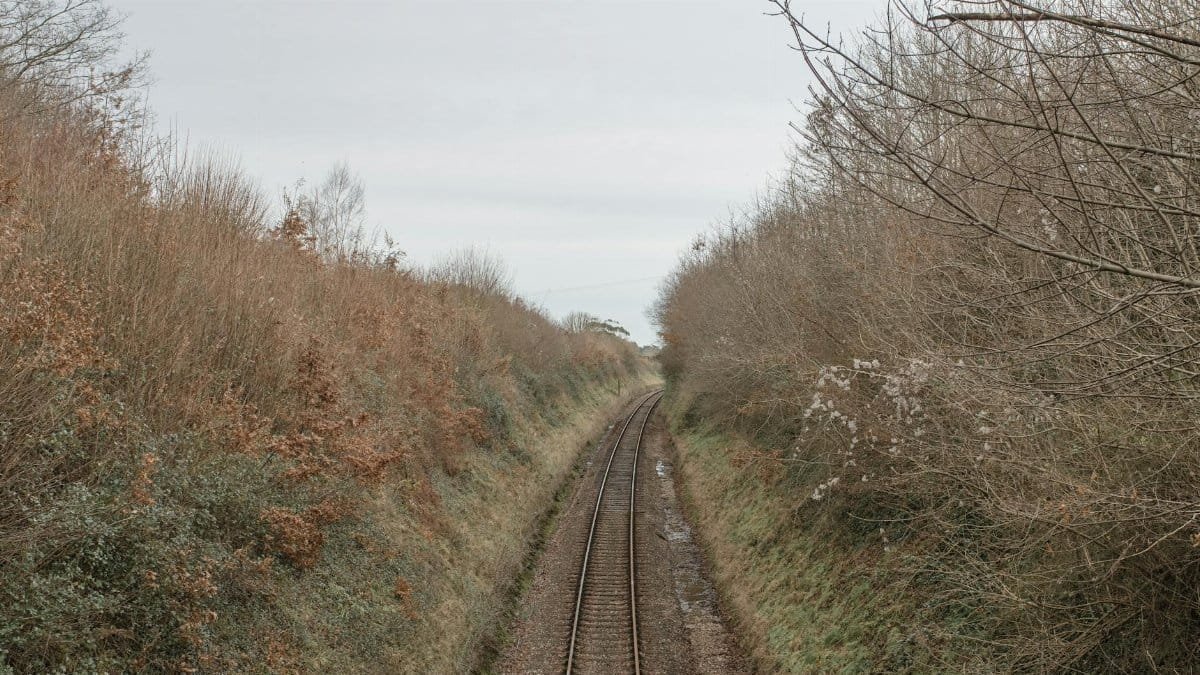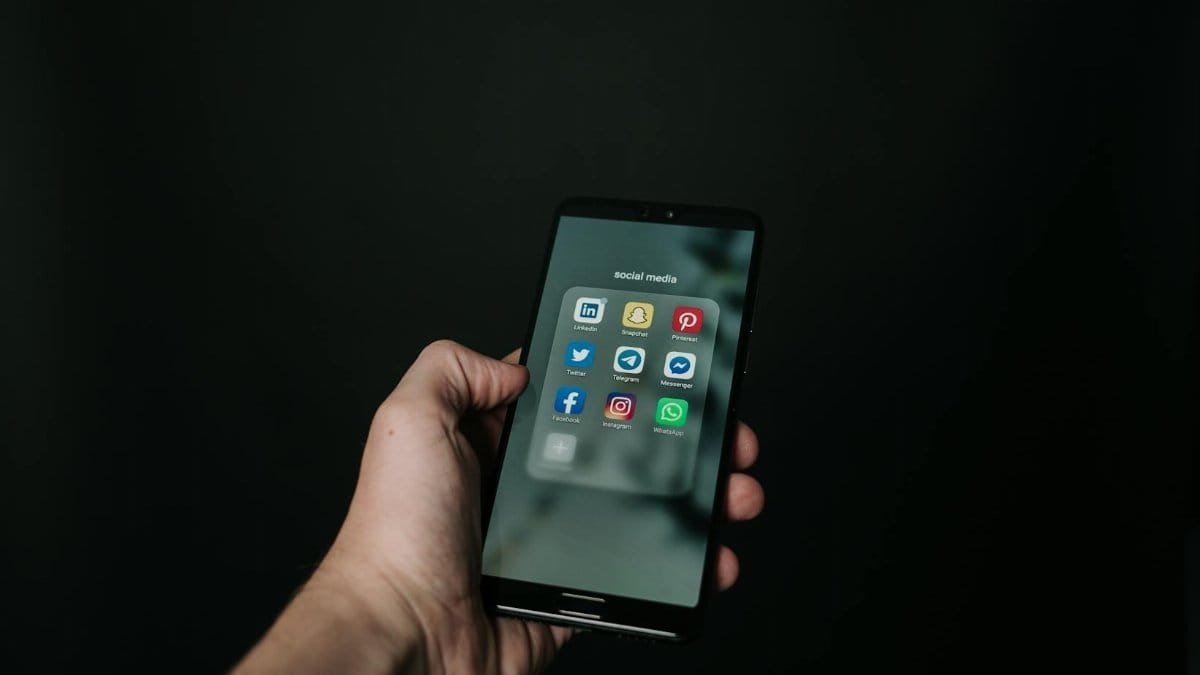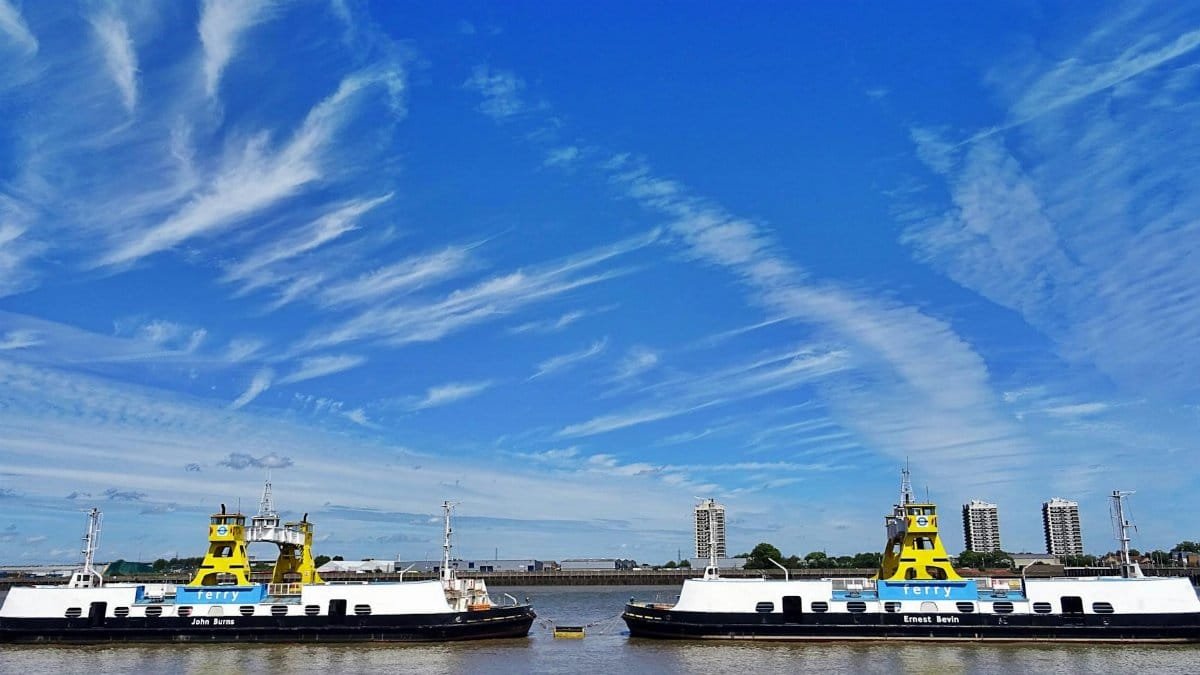Is the portland blue mind ferry the unexpected key to calming stressed-out commuters? On June 5, 2025, Casco Bay Lines in Portland, Maine, launched a unique experiment, installing low-volume narrations on their ferries that connect wave patterns to brain health benefits. Early passenger feedback and wearable data suggest a subtle but measurable impact. With psychologists from the University of Southern Maine tracking stress metrics through the winter, this pilot could signal a new frontier in mindful commuting. Here’s what’s happening on the water.
Casco Bay Lines’ Innovative Experiment

In a bid to enhance the passenger experience, Casco Bay Lines, the ferry service connecting Portland to nearby islands, introduced a novel feature this summer. Low-volume narrations now play on board, offering insights into how ocean waves and water environments can positively influence mental well-being. These recordings draw on the “blue mind” theory, which suggests that proximity to water can induce a meditative state, reducing stress and boosting relaxation. The initiative aims to transform routine commutes into moments of mindfulness.
Passenger Engagement with Narrations

The response from ferry riders has been notable. According to passenger surveys conducted shortly after the program’s launch, 28% of travelers opted to tune into the narration channel during their trips. While not a majority, this figure indicates a significant interest in the concept, especially among those seeking a mental break during their journey. Casco Bay Lines hopes to see this number grow as word spreads and more commuters become aware of the feature.
Measurable Effects on Stress Levels

Beyond subjective feedback, early data from heart rate variability (HRV) wearables worn by participating passengers offers intriguing insights. The devices recorded mild upticks in parasympathetic activity—a marker of relaxation and reduced stress—among those listening to the narrations. While the changes are subtle, they suggest that even brief exposure to calming, water-focused content may have a physiological impact. This finding aligns with broader research on nature’s restorative effects on the human brain.
Scientific Backing for Blue Mind Benefits

The concept behind the portland blue mind ferry narrations isn’t just a feel-good gimmick. It’s rooted in studies exploring how aquatic environments can lower cortisol levels and promote mental clarity. Research from institutions like the University of Michigan has shown that water-based settings can enhance mood and reduce anxiety. For more on this, see the university’s work on environmental psychology at University of Michigan SEAS. Additionally, the National Institutes of Health has published findings on nature’s impact on stress at NIH News.
Winter Study to Track Long-Term Impact

To build on these initial results, psychologists from the University of Southern Maine (USM) are stepping in with a more structured analysis. Starting this fall, they’ll monitor stress metrics among ferry passengers through the challenging winter seas, when rough waters and cold weather often heighten commuter tension. The study will assess whether the narrations maintain their calming effect under less idyllic conditions, providing a clearer picture of their practical value for daily riders.
Potential for Broader Applications

If the USM study confirms sustained benefits, the implications could extend beyond Portland’s ferries. Other public transit systems across the U.S. might consider similar audio interventions to support mental health, especially in high-stress urban environments. With mental wellness remaining a priority in 2025, small innovations like this could play a role in addressing the nation’s ongoing anxiety epidemic. Casco Bay Lines may be pioneering a model that blends transportation with therapeutic design.
Challenges and Next Steps

Despite the promising start, hurdles remain. Not all passengers are on board with the narration concept—some may prefer silence or find the content distracting. Casco Bay Lines will need to balance accessibility with personal choice, ensuring the feature doesn’t alienate riders. Additionally, the winter study will be critical in determining whether the effects hold up over time or if they’re merely a novelty. For now, the ferry service is gathering more feedback to refine the program.
The portland blue mind ferry initiative marks a small but meaningful step toward reimagining public transit as a space for mental restoration. As data continues to roll in, Portland’s experiment could inspire a wave of wellness-focused innovations across the country. For commuters braving the daily grind, a few minutes of ocean-inspired calm might just make the journey a little smoother.
